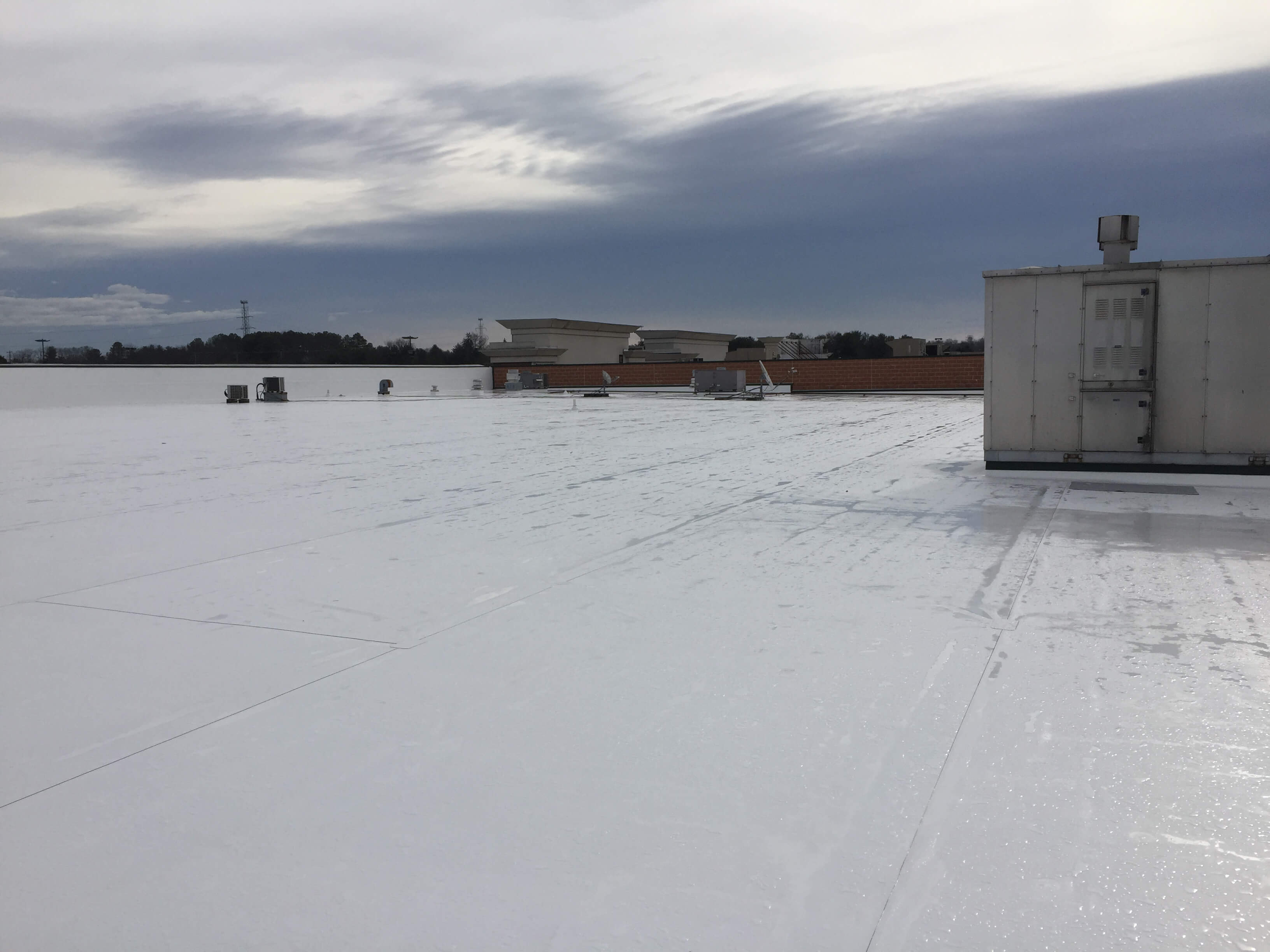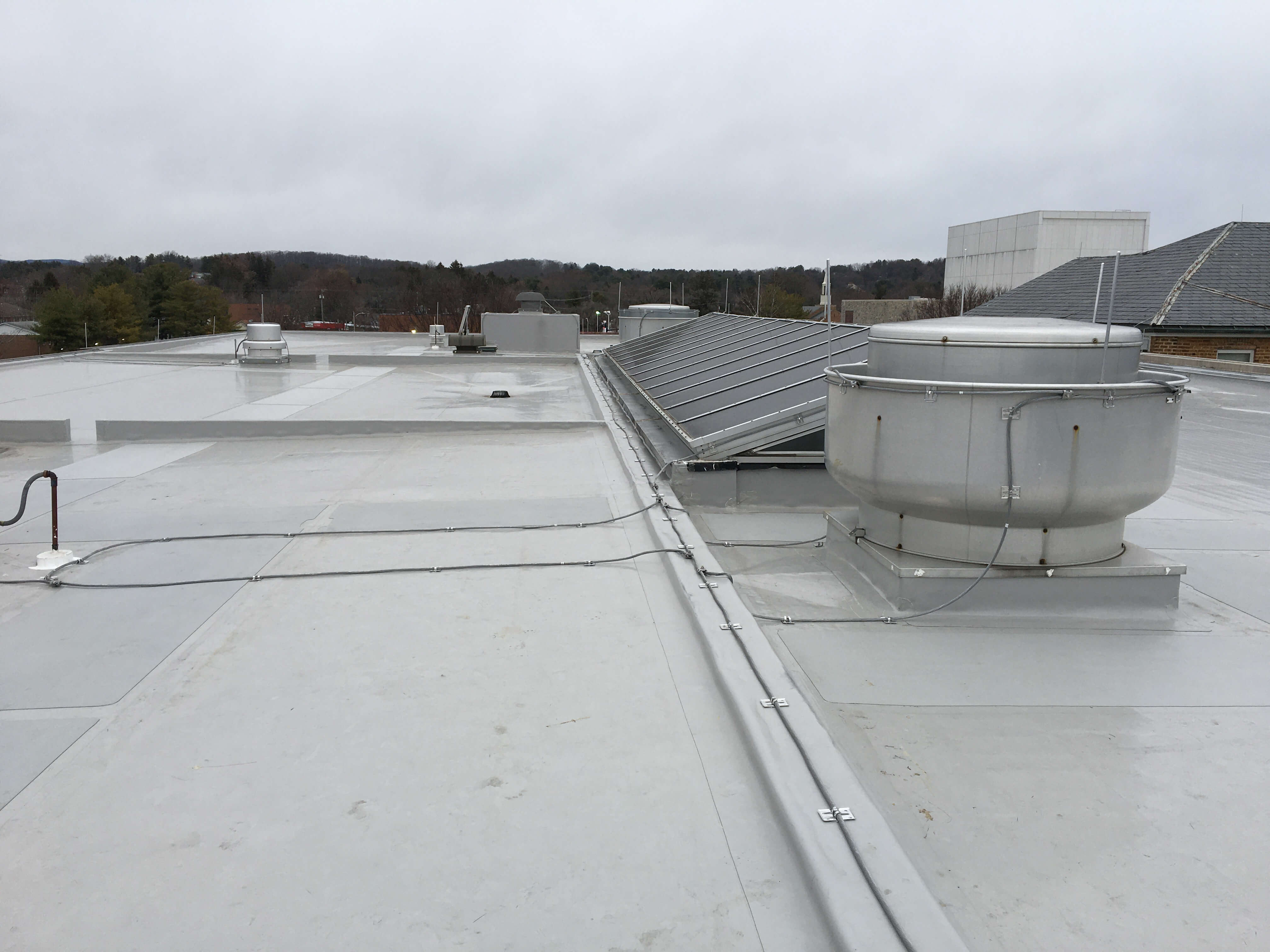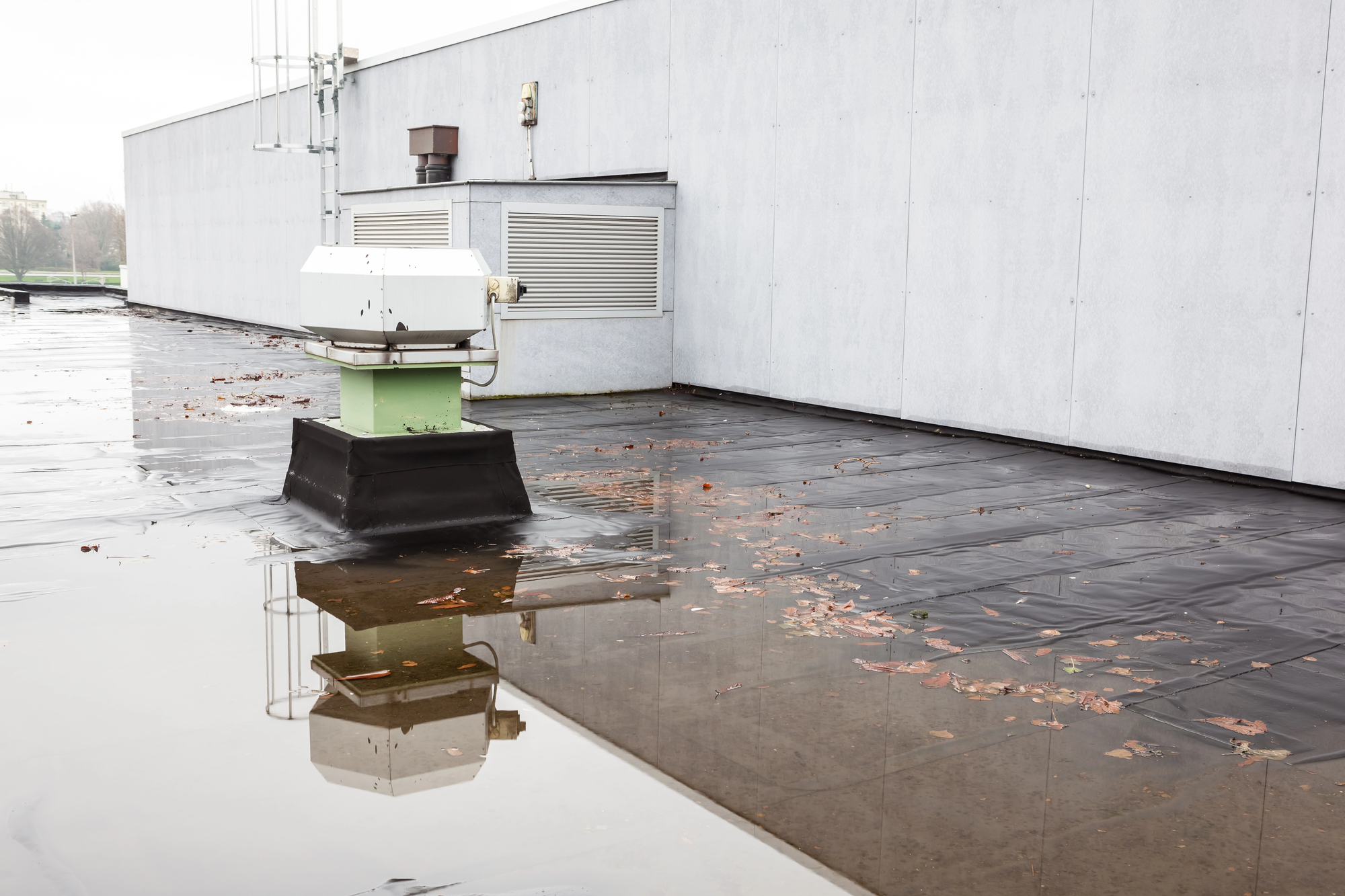Why Waterproofing Is the Hidden Hero of Commercial Roofing

Hidden Hero of Commercial Roofing
When most people think about commercial roofing, they picture a single, defining feature: the membrane. That white TPO sheet, black EPDM layer, or silvery metal surface gets all the attention. And sure, that’s the part you see. But in reality, it’s what’s underneath and around that membrane—how it’s sealed, detailed, and reinforced—that decides whether that roof lasts five years or twenty-five.
Welcome to the often-overlooked world of roof waterproofing. It’s not flashy, and it doesn’t get top billing in most specs. But without it, your roofing system is exposed—literally.
At Reliance Roofing, we see waterproofing not as an add-on, but as a critical part of every roofing strategy. Here’s why it matters more than you think—and how the right waterproofing approach can protect your investment, preserve your building, and save you thousands in repairs.
What Is Roof Waterproofing, Really?
Let’s start with the basics—because a lot of confusion starts right here.
Roof waterproofing isn’t just about slapping on some sealant or patching a leak. It’s a deliberate, layered system of membranes, coatings, detailing, and treatments designed to create a seamless, watertight barrier that goes beyond the membrane itself.
That might mean:
- A fluid-applied coating over aging TPO to boost reflectivity and seal micro-cracks
- Reinforcing penetrations and perimeter details with seam tape, fabric, or flashing sealants
- Restoring a metal roof with a waterproofing system that targets rust-prone fasteners and seams
- Preventive waterproofing applied to a flat roof that’s entering mid-life, before problems show up
And it’s not just for repairs. Waterproofing can, and often should, be part of the original roof design, especially for complex or high-risk buildings.
Learn more about our Roof Waterproofing services
Waterproofing Protects More Than Just the Roof
Here’s what gets lost in most conversations: waterproofing isn’t just about the top layer of your building. It’s about everything underneath it.
When water gets in, it’s rarely contained. A small seam failure can turn into:
- Wet insulation that no longer insulates (driving up energy costs)
- Mold or mildew that threatens tenant health and requires remediation
- Structural damage to decking, joists, or even steel members
- Violated warranties or code compliance issues
- Disruptions to business operations, tenants, or equipment inside the building
Waterproofing is what prevents all that. It preserves the envelope — quietly, efficiently, and often invisibly.
And for buildings that house sensitive operations (think healthcare, education, or retail), preventing moisture intrusion isn’t just about property preservation — it’s about liability and business continuity.
When Is Waterproofing the Right Move?
Not every roof needs a full re-cover or replacement. And not every leak means disaster. Sometimes, a strategic waterproofing intervention can buy your building another 5–10 years of healthy roof life— without the cost or disruption of a full re-roof.
Here’s when it often makes sense:
- You’re seeing minor leaks, bubbling, or early membrane fatigue. Maybe it’s around penetrations, seams, or drainage points. These can often be reinforced or sealed before they become major repairs.
- The roof is entering middle age. Around year 5–10 on many flat roofs, a preventive coating or reinforcement layer can extend service life dramatically
- You’re planning for re-roofing down the road — but not yet. Waterproofing is a great strategy during “in-between” years, especially if you’re budgeting for a larger replacement project a few years out.
Consider a proactive Roof Inspection first
Which Roofing Systems Work Best with Waterproofing Strategies?
Waterproofing isn’t system-agnostic. Some roofs respond better to it than others. Here’s what we’ve seen work well in the field:
TPO and PVC Roofs
These single-ply membranes can degrade over time from UV exposure, temperature swings, or foot traffic. A reflective coating can reseal seams, add UV protection, and delay the need for replacement.
Modified Bitumen Systems
Built with layers and asphaltic base materials, mod bit roofs already have waterproofing baked in. But when surfacing wears down or seams loosen, strategic re-coating or sealant applications can recharge their resilience.
See why mod bit remains relevant
Metal Roofs
Often overlooked for waterproofing, metal roofs benefit tremendously from sealing treatments. Penetrations, seams, fasteners — all the places metal eventually leaks — can be reinforced without replacing the panels.
Waterproofing is a Cost-Saver, but Not a Shortcut
Let’s be clear: waterproofing isn’t a Band-Aid. It only saves money when used intentionally and at the right time.
If your roof is structurally failing or saturated beneath the membrane, waterproofing won’t fix the problem—and we won’t pretend it will. But if your system is fundamentally sound, waterproofing can push off major costs, make budgeting more predictable, and prevent avoidable damage.
We’ve seen buildings spend a few thousand on well-timed waterproofing and avoid hundreds of thousands in tenant-related claims or emergency re-roofing.
Why So Many Teams Overlook It (and Why That’s a Mistake)
Waterproofing doesn’t always get the spotlight it deserves for a few reasons.
First, a lot of roofing contractors simply don’t specialize in it. They treat waterproofing like an afterthought or a temporary fix, rather than an integral part of the system. That leaves building teams without clear recommendations.
Second, water damage is often invisible — until it’s not. By the time a ceiling tile stains or insulation turns to mush, it’s too late for prevention. That’s why we focus on inspections and mid-life assessments, where waterproofing can do its best work.
At Reliance, we combine roofing and waterproofing under one roof (so to speak). We treat theseas two sides of the same equation, not isolated trades. That means better communication, more proactive planning, and systems that actually hold up.
Final Word: The Protection You Don’t See Matters Most
Your roof’s membrane matters, no doubt. But without strong waterproofing behind it—at seams, details, transitions, and around every vulnerable spot—it’s just a surface. The real protection comes from what’s sealed, not just what’s visible.
If you’re managing a flat roof, dealing with mid-life membrane wear, or just looking to avoid significant capital surprises, waterproofing may be your best (and most affordable) ally.
Let’s assess your roof’s condition and see if a waterproofing strategy could extend its life, improve performance, and save you thousands down the line.



